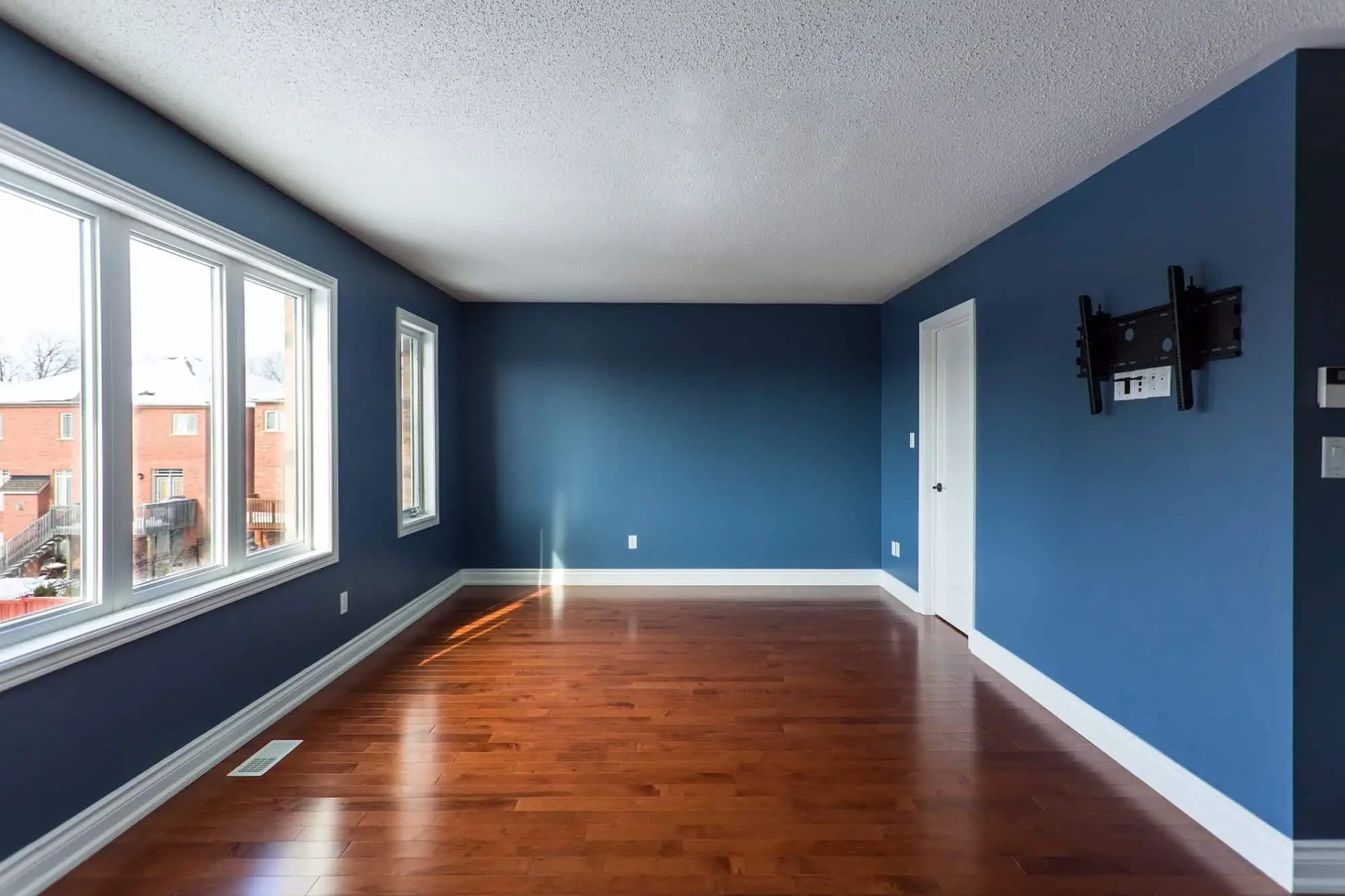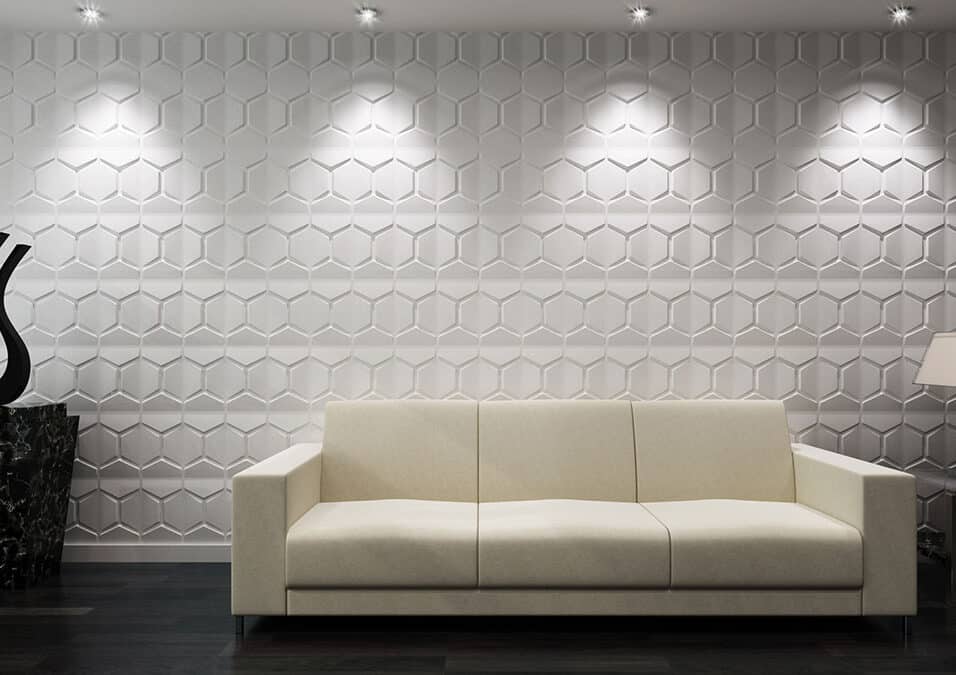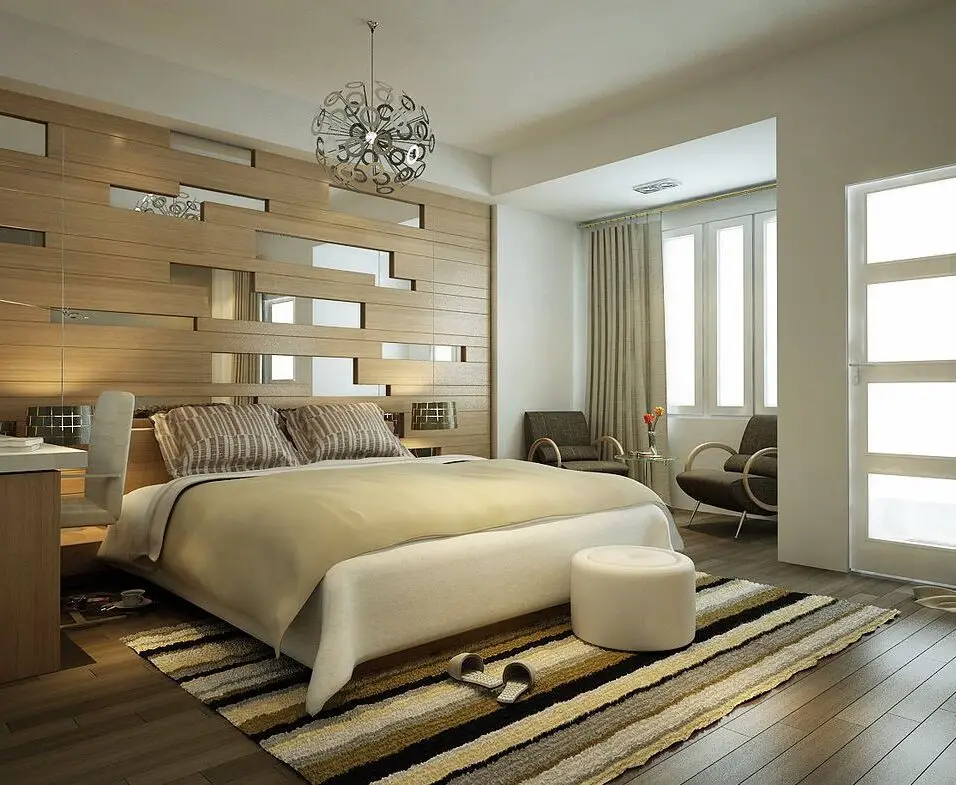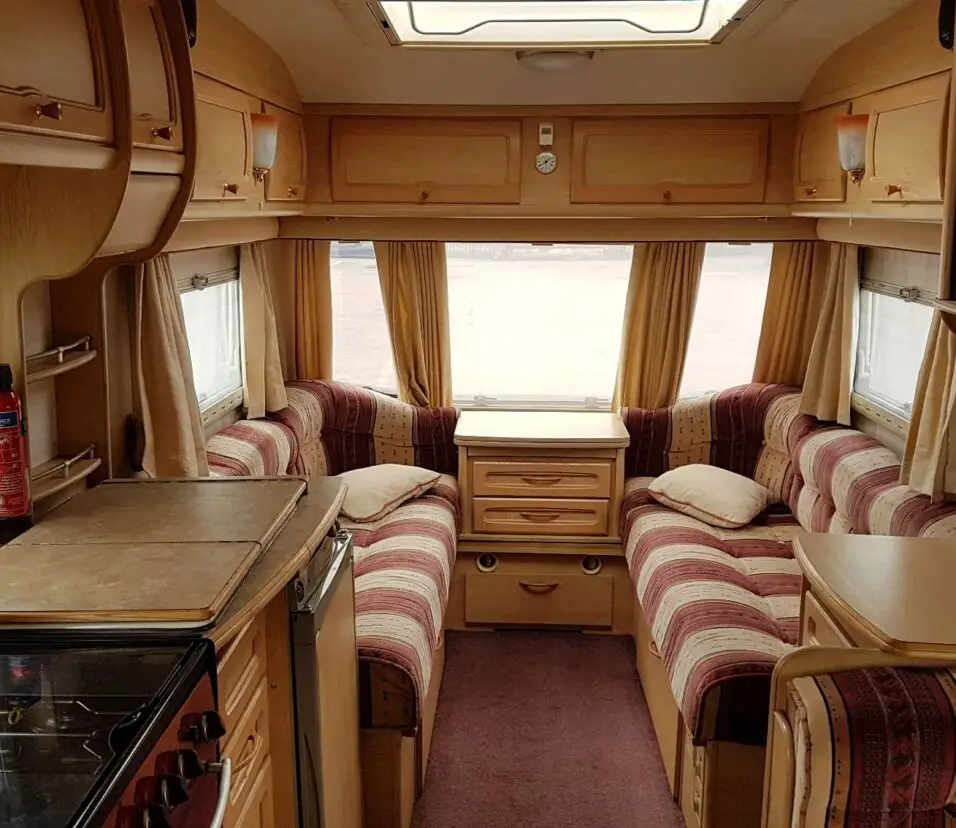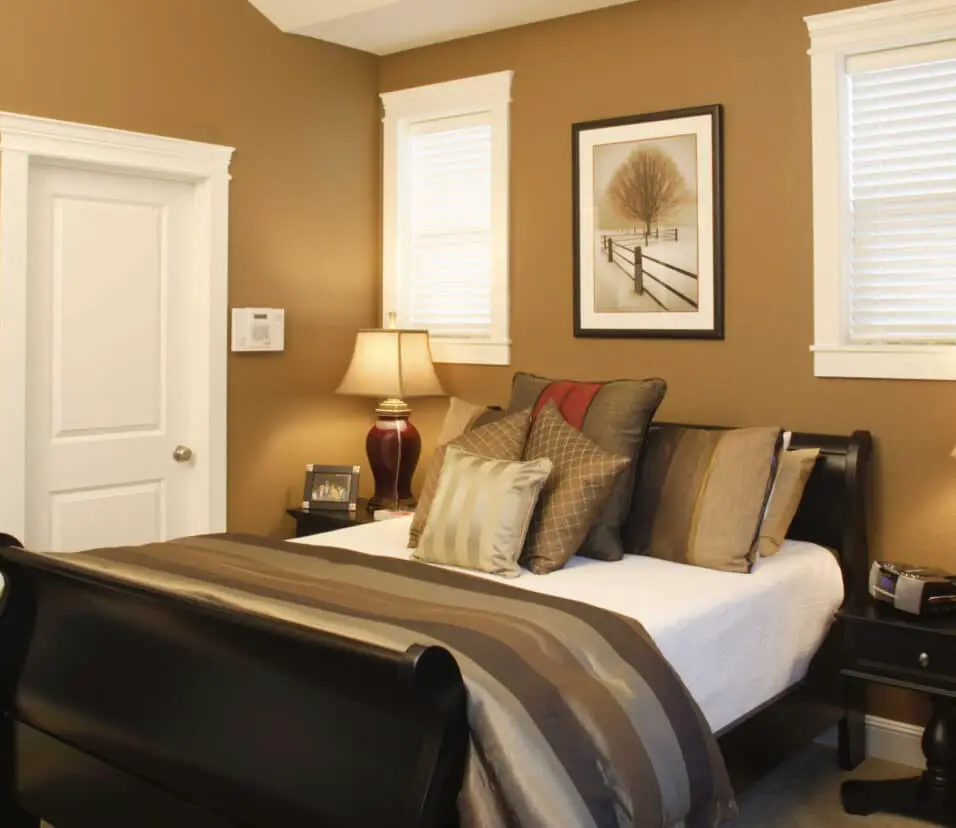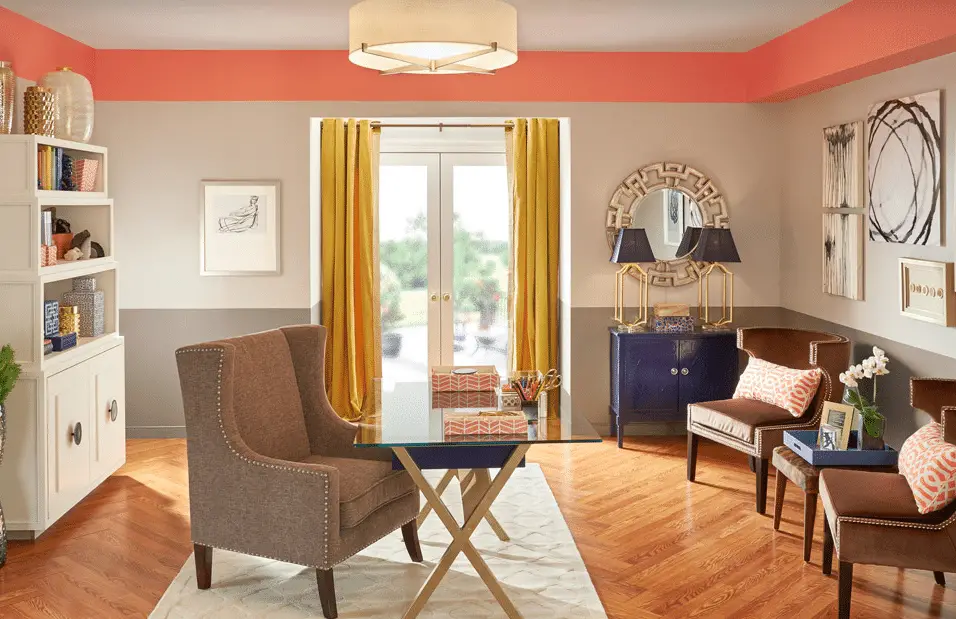How Long Does Interior Paint Last On The Wall
Introduction
How Long Does Interior Paint Last On The Wall: The longevity of interior paint on walls is a crucial consideration for homeowners and decorators alike. As a fundamental element of interior aesthetics, paint not only enhances the visual appeal of a space but also provides protection against wear and tear. The question of how long interior paint lasts on walls is multifaceted, encompassing factors such as paint quality, application technique, environmental conditions, and maintenance practices.
Interior paints are formulated with various ingredients that impact their durability. Higher quality paints typically contain superior binders, pigments, and additives, contributing to a more robust finish. These paints adhere better to surfaces, resist fading, and are generally more resistant to scrubbing and cleaning. The skill and care with which paint is applied also significantly influence its lifespan. Proper surface preparation, even application, and adequate drying time are essential for achieving lasting results.
Environmental conditions play a pivotal role in determining the lifespan of interior paint. Humidity, temperature fluctuations, and exposure to sunlight can all affect paint integrity. High humidity levels may lead to peeling or bubbling, while extreme temperature changes can cause expansion and contraction, ultimately causing cracks in the paint film. Sunlight exposure can result in fading and discoloration over time, especially in rooms with abundant natural light.
Regular maintenance practices can extend the life of interior wall paint. Routine cleaning using gentle methods and non-abrasive materials can prevent the accumulation of dirt and grime that might deteriorate the paint finish. Additionally, addressing issues promptly, such as water leaks or wall damage, can prevent localized paint failure.
The lifespan of interior paint on walls, we delve into the interplay of paint quality, application techniques, environmental factors, and maintenance routines. By understanding these intricate dynamics, homeowners and decorators can make informed decisions to ensure the longevity and enduring beauty of their interior paint choices.
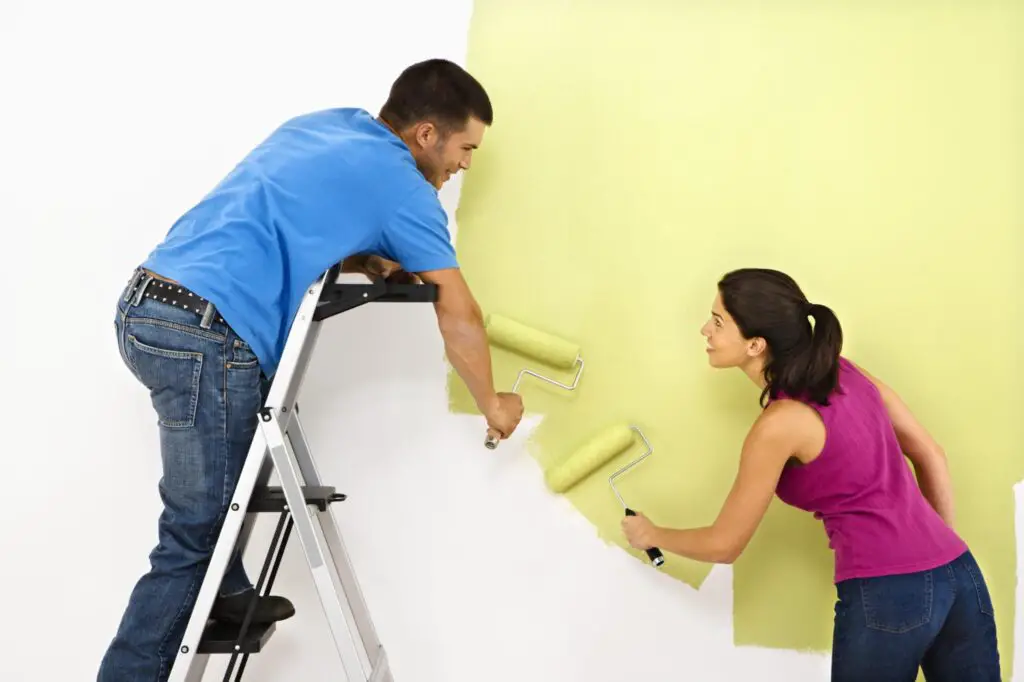
How long should interior wall paint last?
Ultimately, however, this question is nearly impossible to answer. A general rule of thumb is that a well-done interior paint job will last between 5-10 years, and potentially even longer.
The longevity of interior wall paint depends on various factors and can vary significantly. Generally, a well-applied coat of high-quality paint should last anywhere from 5 to 10 years or more before requiring repainting. However, this estimate can be influenced by multiple variables.
The quality of the paint itself plays a crucial role. Premium paints with higher pigment concentration and better binders tend to have greater durability and color retention. Additionally, the application technique matters. Proper surface preparation, even application, and adequate drying time contribute to a longer-lasting finish.
Environmental conditions can also impact the lifespan. Rooms with high humidity levels or frequent temperature fluctuations might experience paint deterioration sooner. Sunlight exposure can cause fading over time, especially in spaces with ample natural light.
Maintenance practices can extend or shorten the paint’s lifespan. Regular cleaning using gentle methods helps prevent dirt buildup that can degrade the finish. Promptly addressing any damage or issues can prevent localized deterioration.
In summary, while a quality paint job can last 5 to 10 years or more, the specific duration depends on factors like paint quality, application technique, environmental conditions, and maintenance. Staying mindful of these elements can help you enjoy the beauty and protection of your interior walls for an extended period.
Does interior wall paint fade over time?
The average lifespan of interior paint, when it isn’t exposed to the factors that that are known to cause it to fade, is between seven and 10 years. Due to its exposure to harmful UV lights and temperature fluctuations, exterior paint needs to be redone more frequently than interior paint.
Yes, interior wall paint can fade over time due to various factors. Fading is a natural process that occurs as paint is exposed to light, particularly sunlight, and environmental conditions. The extent and speed of fading depend on the quality of the paint, the pigments used, the amount of light exposure, and the presence of protective coatings.
Ultraviolet (UV) rays from sunlight can break down the pigments and binders in the paint, leading to color fading. Darker and more intense colors tend to be more susceptible to fading than lighter shades. Even indoor lighting, though to a lesser extent, can contribute to fading over extended periods.
High-quality paints with better pigments and binders are formulated to resist fading for longer durations. Paints labeled as “UV-resistant” or “fade-resistant” often provide increased protection against color loss. Additionally, using curtains, blinds, or window films to filter out UV rays can help minimize fading.
While paint fading is a natural occurrence, taking preventive measures can prolong the vibrancy of your interior walls. Choosing high-quality paint, using protective coatings, minimizing direct sunlight exposure, and implementing appropriate lighting strategies can collectively contribute to preserving the original color and beauty of your painted walls.
How long does interior paint last on walls?
5 to 10 years
In general, interior paint will last from 5 to 10 years. You can expect your exterior paint to last between 5 to 7 years. Keep in mind that your exterior paint will be affected by regional climate conditions, the material painted, and the type of paint used.
The lifespan of interior paint on walls can vary widely based on several factors. Generally, well-applied and high-quality paint can last anywhere from 5 to 10 years or even longer before needing to be repainted. However, this estimate is influenced by multiple variables.
The quality of the paint itself plays a significant role in its longevity. Higher-quality paints containing superior binders, pigments, and additives tend to adhere better, resist wear, and maintain their appearance over time.
Application technique is another crucial factor. Proper surface preparation, even application, and sufficient drying time all contribute to a longer-lasting paint job.
Environmental conditions also impact paint lifespan. High humidity levels, extreme temperature fluctuations, and exposure to sunlight can cause paint to degrade more quickly.
Regular maintenance practices can extend the life of interior paint. Gentle cleaning and addressing issues promptly can prevent premature deterioration.
In summary, while interior paint on walls can last 5 to 10 years or more, the actual duration is influenced by paint quality, application technique, environmental factors, and maintenance. By considering these elements, you can ensure that your painted walls maintain their beauty and protection for an extended period.
How can I make my interior paint last longer?
Following these simple interior paint care tips will keep your home’s walls looking fresh for years.
- Gently Clean High-Touch Surfaces Regularly.
- Keep Leftover Paint Handy for Touch Ups.
- Watch for Mildew and Address Immediately.
- Avoid Scuffs from Furniture and Doors.
- Smoke Outdoors.
- Degrease Walls Around Stove Often.
To maximize the longevity of your interior paint, consider several key strategies. Begin by selecting a high-quality paint with excellent pigments and binders, as these factors contribute to better adhesion and durability. Properly prepare the surfaces before painting by cleaning, repairing imperfections, and ensuring they are dry and smooth.
Ensure your painting technique is meticulous, applying coats evenly and allowing sufficient drying time between them. Applying an additional protective topcoat can create a barrier against wear and tear, extending the paint’s life.
Mitigate environmental factors by controlling humidity and temperature levels, especially in rooms prone to fluctuations. Use curtains, blinds, or window films to filter out UV rays and reduce sunlight exposure, which can lead to color fading.
Implement gentle cleaning methods to prevent dirt buildup that can degrade the paint’s finish. Address any issues promptly to prevent localized deterioration, and periodically inspect the paint for signs of wear.
By combining these practices, you can significantly extend the life of your interior paint, ensuring that your walls continue to exude beauty and protection for an extended period.
Could you explain the role of environmental conditions in determining the lifespan of interior wall paint?
Environmental conditions play a pivotal role in dictating the longevity of interior wall paint. These conditions encompass factors such as humidity, temperature fluctuations, and exposure to sunlight. High humidity levels can lead to paint bubbling, peeling, or mold growth, particularly in areas like bathrooms or kitchens. Temperature changes cause paint to expand and contract, potentially leading to cracking or chipping.
Sunlight exposure is another critical aspect. Ultraviolet (UV) rays from sunlight can break down the pigments and binders in paint, resulting in color fading and deterioration. Darker colors are often more susceptible to fading than lighter shades. Rooms with significant natural light, such as sunlit living areas, can experience accelerated fading.
Additionally, air quality and ventilation impact paint durability. Poor air circulation can trap moisture, leading to paint problems like blistering or peeling. Smoke, cooking oils, and pollutants can also affect the paint finish.
Overall, maintaining optimal humidity levels, protecting against extreme temperature fluctuations, and minimizing direct sunlight exposure through window treatments can help prolong the life of interior wall paint. Being mindful of these environmental factors and taking appropriate preventive measures can significantly contribute to preserving the paint’s vibrancy and integrity over time.
What steps can be taken during the painting process to ensure a longer-lasting paint job on interior walls?
Achieving a longer-lasting paint job on interior walls requires careful attention to various steps throughout the painting process. Start by adequately preparing the surfaces. Clean them thoroughly to remove dirt, dust, and grease, ensuring optimal adhesion. Repair any cracks, holes, or imperfections and sand the surfaces to create a smooth base.
Select high-quality paint with superior binders and pigments. Apply a primer coat to enhance adhesion and provide a consistent surface for the paint. When applying the paint, use even strokes and avoid overloading the brush or roller to prevent drips and uneven coverage. Multiple thin coats are often more effective than one thick coat.
Allow each coat to dry completely before applying the next. Proper drying time is crucial to prevent tackiness, which can attract dirt and debris. Consider using a topcoat or sealant to protect the paint from wear, especially in high-traffic areas.
During the painting process, maintain appropriate ventilation to ensure thorough drying and reduce the risk of moisture-related issues. Clean up any spills or drips promptly to prevent them from becoming permanent marks on the painted surface.
By following these steps diligently, you can ensure a more durable and longer-lasting paint job on your interior walls, contributing to both aesthetic appeal and functional longevity.
How does sunlight exposure affect the fading and deterioration of interior wall paint over time?
Sunlight exposure significantly impacts the fading and deterioration of interior wall paint over time due to the presence of ultraviolet (UV) rays. UV rays from sunlight penetrate paint layers and interact with the pigments and binders within the paint. This interaction causes a breakdown of the molecular structure of these components, leading to color fading and a decrease in paint integrity.
Darker and more intense colors tend to be more vulnerable to UV-induced fading, as they absorb and retain more heat from the sun. This heat absorption accelerates the deterioration process. Continuous exposure to UV rays can also cause the paint film to become brittle, leading to cracking and peeling.
In addition to color fading, sunlight exposure can result in the paint losing its sheen and vibrancy, causing the walls to look dull and aged. To mitigate the effects of sunlight, using curtains, blinds, or window films can help filter out UV rays and reduce the intensity of sunlight reaching the painted surfaces.
Ultimately, understanding the impact of sunlight exposure on interior wall paint underscores the importance of using UV-resistant paints and taking preventative measures to protect your paint job, ensuring its longevity and maintaining the desired visual appeal of your living spaces.
What maintenance practices can homeowners employ to extend the lifespan of interior paint on their walls?
Homeowners can adopt several maintenance practices to prolong the lifespan of interior paint on their walls. Regular and gentle cleaning is paramount. Using a soft, damp cloth or a mild cleaning solution can remove dust and dirt without damaging the paint finish. Avoid abrasive materials that might scratch or wear down the paint.
Promptly addressing any issues such as water leaks, mold growth, or minor damages is crucial. Repairing these problems prevents localized deterioration that could spread and compromise the overall paint job. Regularly inspecting the painted surfaces for signs of wear, peeling, or discoloration enables early intervention.
Maintaining stable indoor humidity levels can prevent paint bubbling or peeling, especially in areas prone to moisture. Installing and using proper ventilation systems can help in this regard.
Strategic furniture placement or wall protectors can minimize friction and contact with painted surfaces, reducing the risk of scuffs and scratches. Lastly, periodically applying a protective topcoat or sealer can add an extra layer of defense against wear and tear.
By incorporating these maintenance practices, homeowners can safeguard the beauty and longevity of their interior paint, ensuring that it continues to enhance their living spaces for years to come.
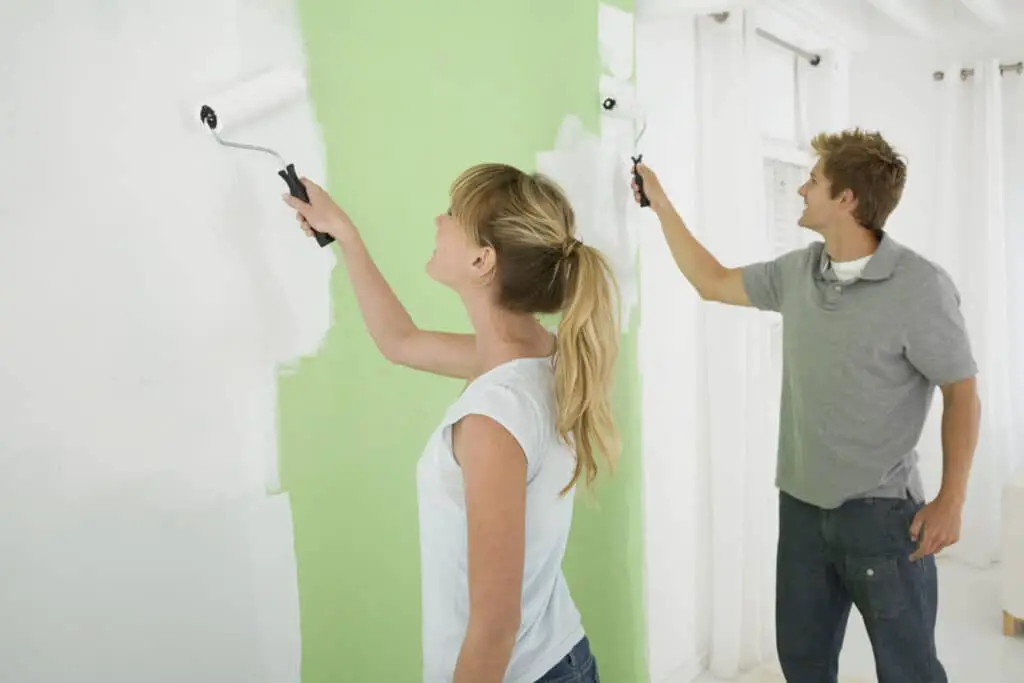
Conclusion
The durability of interior paint on walls is a result of the intricate interplay between numerous factors. The quality of the paint itself, along with the precision of its application, establishes the foundation for a lasting finish. Regular maintenance and prompt attention to issues further contribute to extending the paint’s lifespan.
While there is no one-size-fits-all answer to the question of how long interior paint lasts, it’s clear that investing in high-quality paints and professional application can yield more resilient results. Moreover, being mindful of the environment in which the paint exists—controlling humidity, temperature, and sunlight exposure—can significantly prolong its vibrancy and integrity.
Ultimately, the lifespan of interior paint on walls is not solely a matter of time, but rather a combination of choices and care. A well-maintained paint job has the potential to grace your walls with beauty and protection for years. Regular assessments and touch-ups, as well as staying attuned to changing environmental conditions, can ensure that the paint continues to enhance your space’s ambiance long into the future. Whether for a cozy home or a bustling business, understanding these factors empowers you to make informed decisions that safeguard your investment and maintain the allure of your interior spaces.



